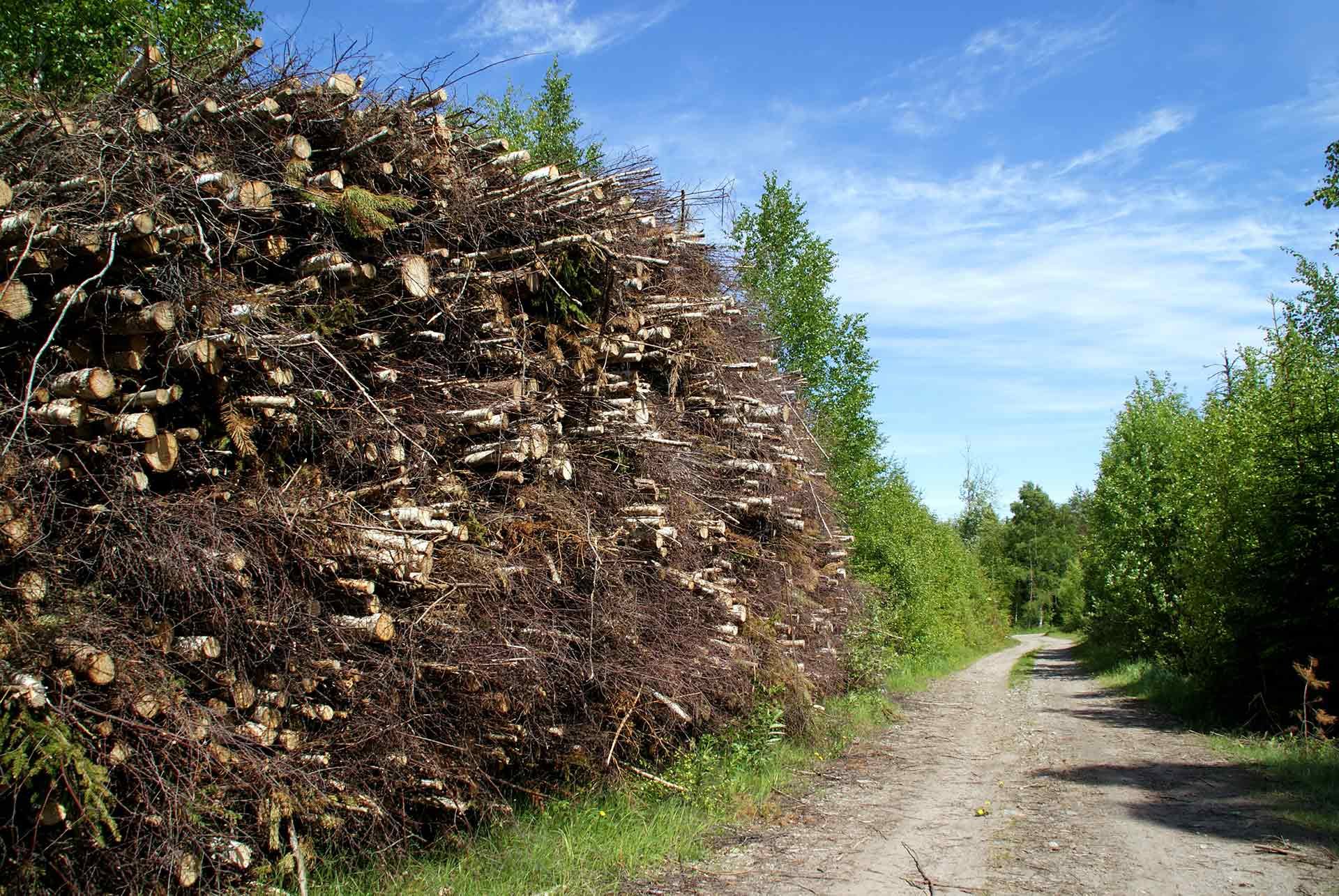
Energy wood, i.e. biomass harvested from the forest and used for energy production, is a useful and topical raw material in many ways. It is a renewable and high-volume material, especially in Finland, which helps reduce waste and promotes responsible wood use in a natural way. In addition to environmental considerations, energy wood also offers a wide range of business opportunities – as long as information management in the supply chain is efficient.
Before energy wood reaches the boiler, the supply chain usually consists of several parties, from forest owners to end users, from loggers to drivers and from laboratories to procurement organizations. Due to the wide variety and size of actors involved in the chains, there is a lot of variation in information management and information entry practices.
Optimally, supply chains and the related information are managed in a systematic, efficient manner, and in such a way that all key information is entered in the same way, regardless of the individual operator or person. In ideal cases, the entire chain operates on the basis of the same volume, schedule and other information.
If the information is scattered, incomplete, or – as is often the case – dependent on a spreadsheet managed by an individual, it can be very laborious and slow to compile data into, for example, the buyer’s annual declarations, forest use declarations or Kemera applications.
By streamlining the various stages of energy wood processing and by entering the information in an agreed way in a common, business-wide system, it is much easier to answer core business questions such as:
- What raw material does our company currently possess, how much is in stock, and where is the energy wood located?
- With the current volume of stock and agreed purchases, can we meet the promised delivery times?
- Can our seller promise the customer the requested delivery within the requested timeframe?
- Is the traceability of the timber we sell at the desired level?
- And above all – are we currently doing a commercially viable trade?
Energy wood offers diverse business opportunities
Efficient and comprehensive energy wood supply chain management helps ensure smooth material flows, the availability of comprehensive and reliable business information, and also the efficient optimization of operations. Another key advantage is the quicker data review: decisions need to be based on up-to-date information in order to make the right decisions at the right time.
By being aware of the profitability of each energy wood transaction and related activities, the overall profitability of the business can be effectively optimized. Therefore, it is usually profitable for a company – even for smaller ones – to purchase a digital wood trading software. The system pays for itself in time and effort saved in everyday work, across a wide range of activities.
Read more
Forest by Pinja – ERP system for wood procurement, harvesting and logistics
Software for forest industry

Veli-Pekka Hämäläinen
I lead the customer management team at Pinja’s Forest unit, which is responsible for the delivery of forestry, sawmill and wood processing systems to our Finnish and international clients. My main task as a team leader is to ensure the best possible service for Pinja’s clients. In my free time I enjoy culture and good food with family and friends, and in the summer I go fishing in the inland waters of Northern Finland.
Back to the Pinja Blog
Categories
- Career at Pinja (68)
- Manufacturing (48)
- Knowledge Management (45)
- Production Development (44)
- Software Partnership & Tools (42)
- Sustainability (37)
- Wood and Forestry (37)
- Bioenergy and Recycling (27)
- IT Support and Outsourcing (24)
- Ecommerce (23)
- Maintenance (22)
- Artificial Intelligence and Machine Learning (15)
- Public Services (9)
- Compliance (1)